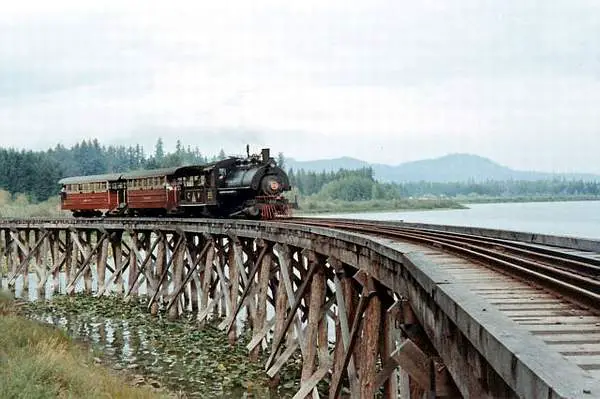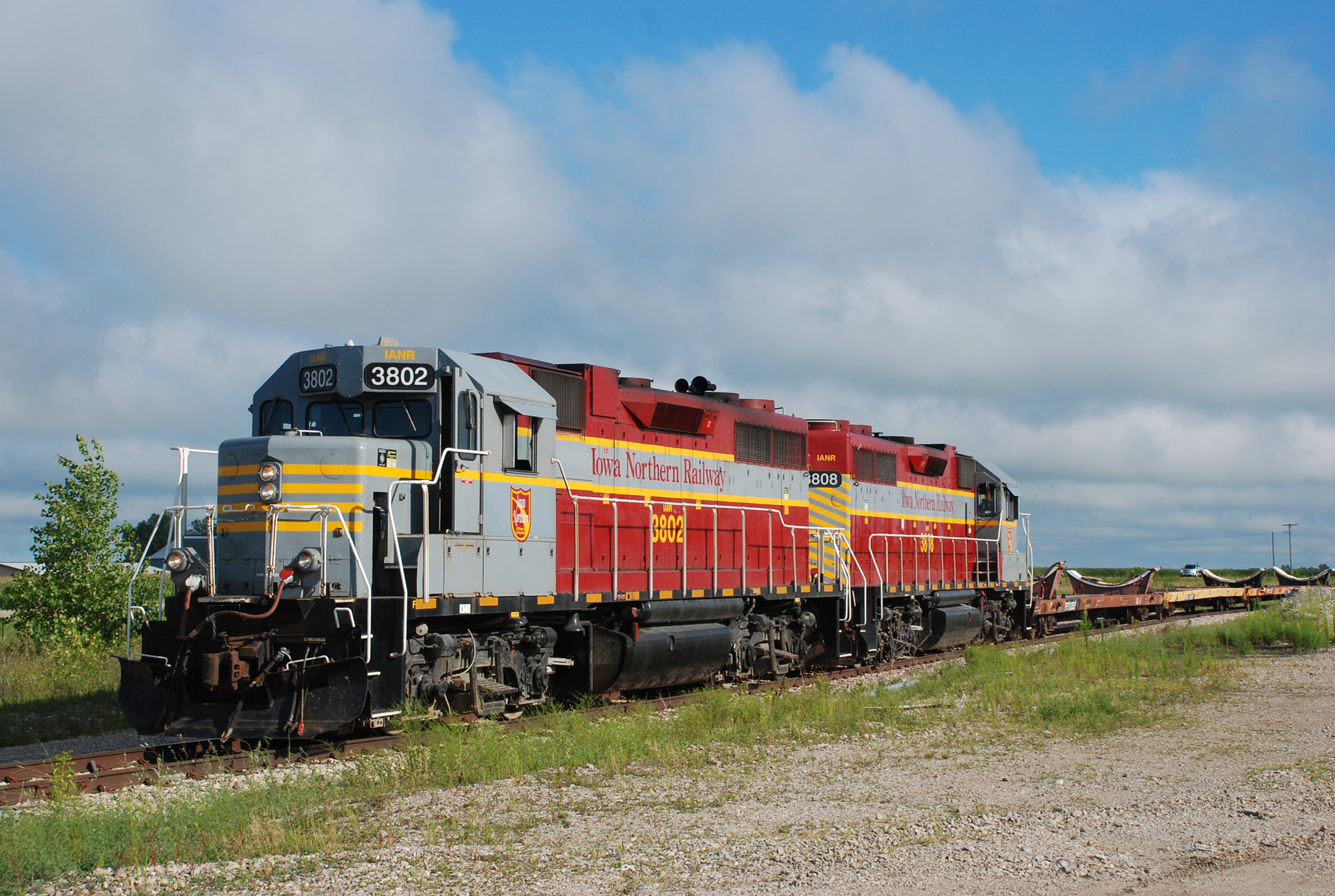smallspy
Senior Member
Correct.CN's new, under construction (400 acres or thereabouts) internodal terminal is then designed to alleviate pressures at the Brampton Terminal (?)
The railways have some internal capacity available with which to move larger quantities of the various items they do, yes.And the consensus from all of these postings would be that railways generally have the internal capacities to move intermodal units from coast to coast in a timely fashion. Western ports are undergoing capacity upgrades at the dock to handle greater volumes - there has been a lot of comment on dwell times with western ports..
There is some concern about the capacity of the facilities at the ends of their runs, however.
That seems to be the case, yes. And frankly, the traffic levels are far lower anyways, and with more ports to split those lower levels across.Eastern ports can handle the volume as is (without discussing the proposed container port near Sydney?)
Transit time from Vancouver to Toronto is about 5 days, so an additional day to go to Halifax makes sense. And no, this does not include loading and unloading the train.A logistics company told me that it should take six days to ship from Vancouver to Halifax. I am assuming that this does not include loading the train and unloading the train. We have an idea of the time it takes in Brampton (and I am assuming it is one of those 1 mile long unit trains) to load and unload but I am not sure that experience is transferable to either coast - different equipment etc?
Vancouver is not a terrific place to have to transload from, as it generally takes anywhere from 3 to 10 days for a container to go from the boat getting dockside to being loaded onto a train. Prince Rupert is much quicker - usually 1 to 3 days - but the downside of it is that you are tied to CN, whereas there are far more options to get out of Vancouver.
Brampton is congested, but CN generally does a pretty good job of getting containers moving in a good manner. 2 days on the ground there is exceedingly rare. It seems to be the same at CP's Vaughan facility, maybe even a bit faster.
My understanding of this is that the variables for shipping are so vast that it would be impossible to attempt to give you any guidelines without any more precision. And to be honest, I wouldn't be the best person for this in any case. If you are serious abou this, your best bet is to talk with a broker or two - there are several good ones located in the GTA.Fee-wise I am still trying to work out some general rates. I may have to bribe a logistics guy with an enhanced Christmas offering to get this information. I am going to assume that a coast to coast unload/load shipment could be treated as in 'inbond' shipment and qualify for more cursory customs review prior to arrival and then also qualify for some sort of scaled unit costs for handling and transport depending on weight? And content classification? A further assumption would be that the container company would have a ship arriving in port as the unit train(s) arrived as well so that dwell time would be within the ports norms.
Dan









